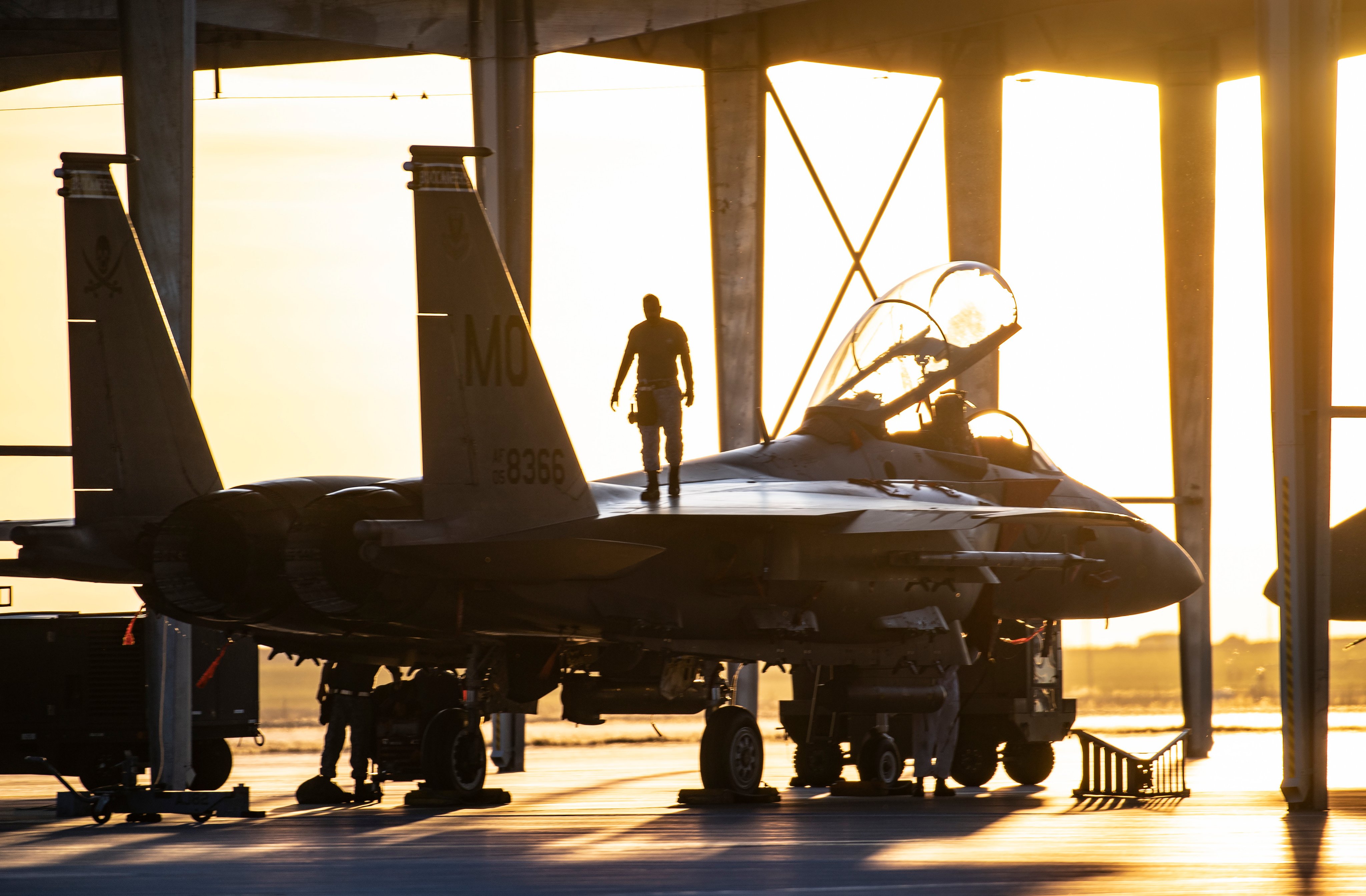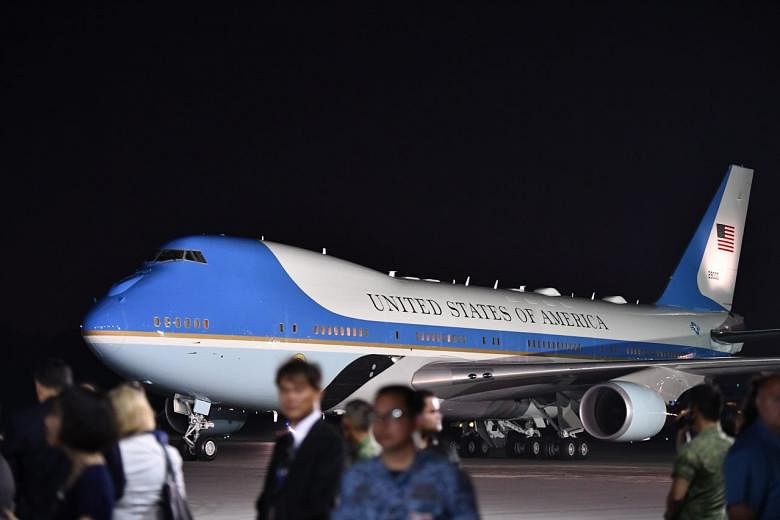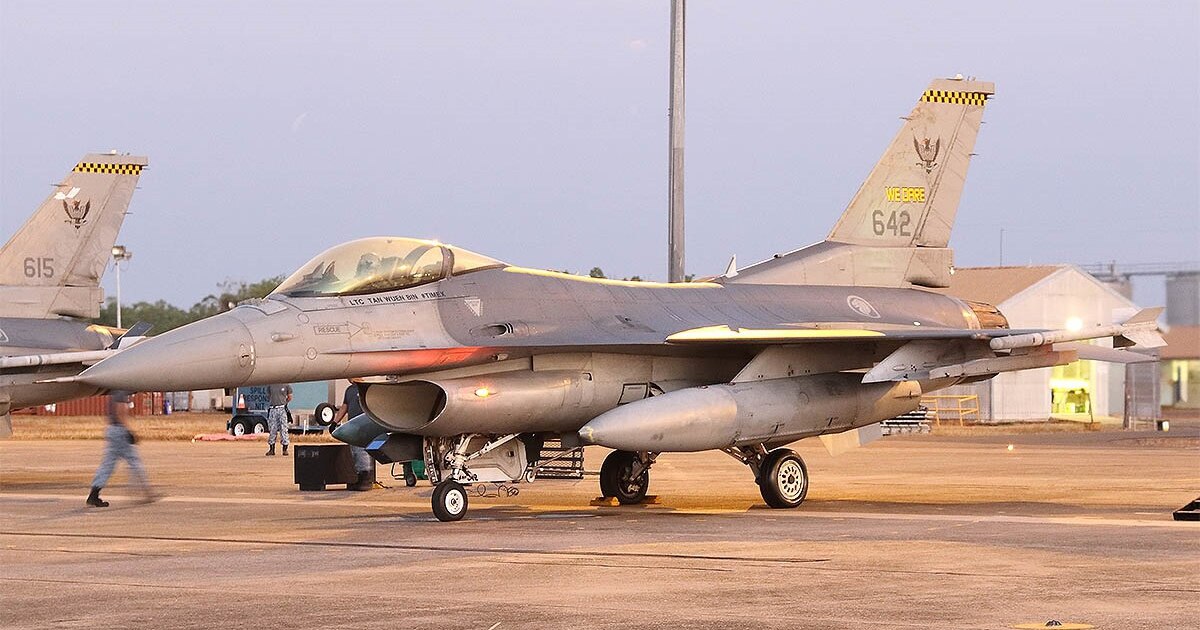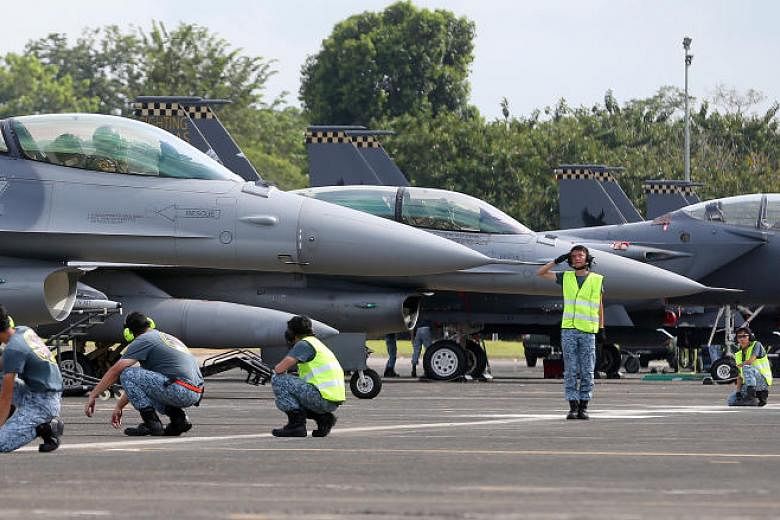Prime Minister of Singapore, Lee Hsein Loong, shared details of the redevelopment of the area belonging to the Paya Lebar Air Base in a speech on August 21. He said the future town in Paya Lebar will house an estimated 150,000 new public and private homes after the air base is relocated in 2030.
In 2013, it was announced that the Paya Lebar Air Base (PLAB) would make way for a new town, freeing up 800 hectares of land, adding the Changi East air base, and the Tengah Air Base would be expanded to facilitate the future relocation of the PLAB.
The PLAB is home to the Republic of Singapore Air Force’s (RSAF) fleet of F-15SG multi-role fighters and the C-130 military transport aircraft.
Initially built in 1954 as Singapore International Airport, the airport was handed over to the RSAF in 1980 and renamed Paya Lebar Air Base.

The airbase is also used by various US Air Force (USAF) and the US Navy flying units, including the US Marine Corps Aviation, as a strategic refueling stopover and a staging port or transit point.
Additionally, the USAF’s 497th Combat Training Squadron is located at PLAB, following an agreement between the US and Singapore in November 1990 that allows for periodic deployments of American fighter aircraft and a permanent US military presence.
The PLAB also hosts USAF VIP aircraft, with regular visits by American Presidents and Vice Presidents.

During the famous US-North Korea Summit of 2018, former US President Donald Trump landed at the PLAB in the Boeing VC-25A ahead of his meeting with North Korean leader Kim Jong-un in Singapore.
Expansion Of Changi East Air Base & Tengah Air Base
As stated earlier, after the PLAB is decommissioned in 2030, the RSAF’s assets at the base will be moved to Changi East Air Base and the Tengah Air Base.
Not much is known about the expansion plans of the Changi East Air Base, located roughly two kilometers east of Changi International Airport and approximately 1.5 kilometers west of Changi Naval Base.
The air base consists of a runway and houses a squadron of F-16s. It is the first RSAF air base facility that was entirely designed and developed indigenously.

According to reports, the runway was planned to be extended from 2.75 kilometers to four kilometers by 2020, as part of the overall expansion of the Changi International Airport to be turned into a three-runway system, in which the extended runway will be converted for joint military-civilian use and handle larger passenger aircraft.
The Tanah Merah coastal road to the east of the air base will also be closed, and the new Terminal 5 is expected to materialize by 2025.
As for the Tengah Air Base, around 106 hectares of land will be acquired to expand the air base, and a short stretch of Lim Chu Kang Road will be re-aligned to run outside the new perimeter of the expanded air base.

A second runway and new taxiways are expected to be constructed on the acquired land, together with hardened shelters for RSAF fighters.
Changi Is More Strategically Located Than Tengah Air Base
Known as the most crucial airfield of the RSAF, the Tengah air base is already home to most of the RSAF’s fixed-wing frontline squadrons. It houses RSAF’s Airborne early warning and control (AEWC) assets, most of the F-16C/D Fighting Falcons, and many Unmanned Aerial Vehicles (UAVs).
However, the Changi Air Base has a massive advantage over the Tengah Air Base because of its proximity to the South China Sea (SCS).
The fighter jets from Changi can conduct faster and shorter sorties to any area of interest over the SCS compared to aircraft from Tengah or Paya Lebar.
The F-16s of the RSAF’s 145 Squadron stationed at the Changi Air Base can reportedly save as much as five to seven minutes of transit time, meaning they can also save on fuel, thereby bringing down the costs.
- Contact the author at tanmaykadam700@gmail.com
- Follow EurAsian Times on Google News




